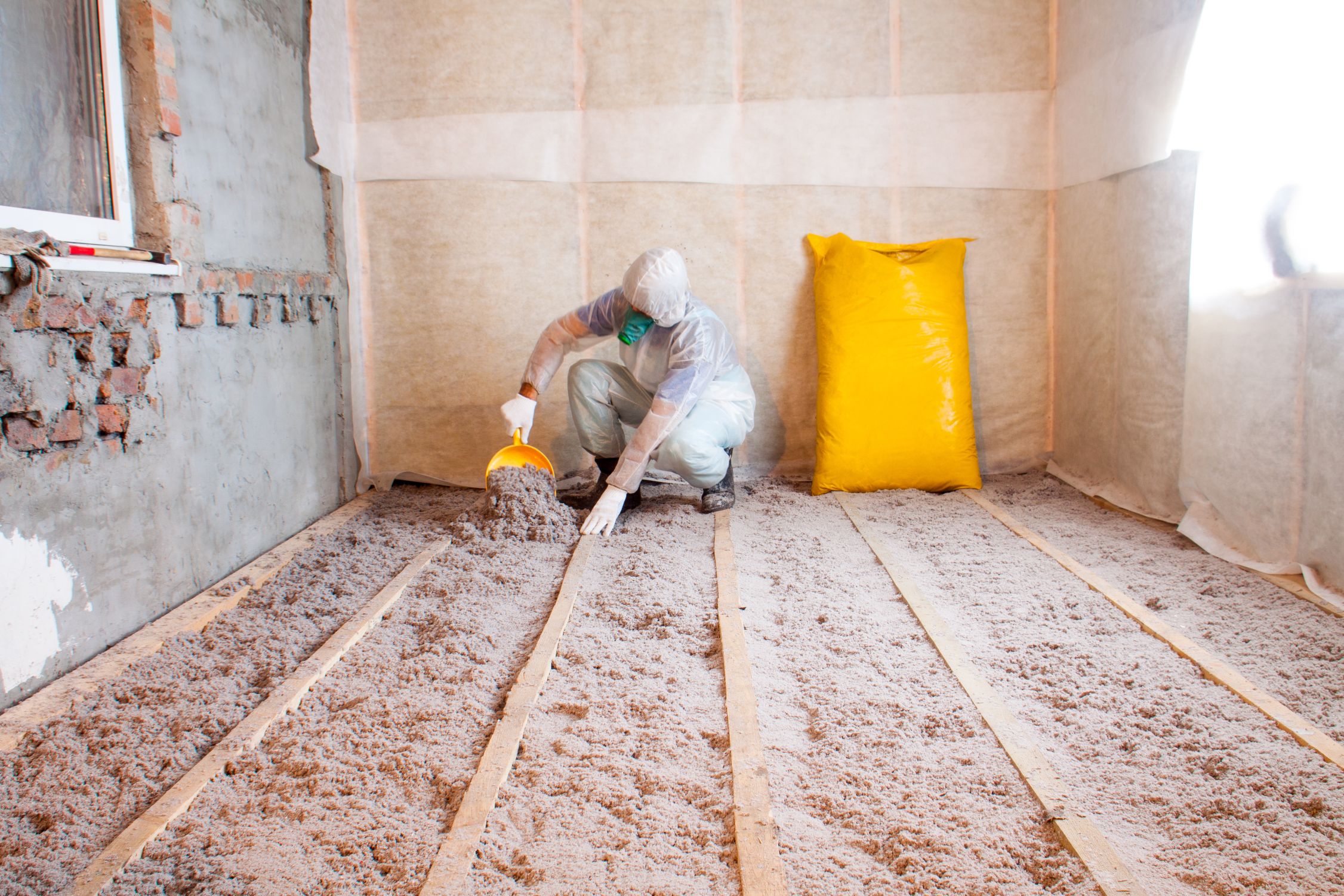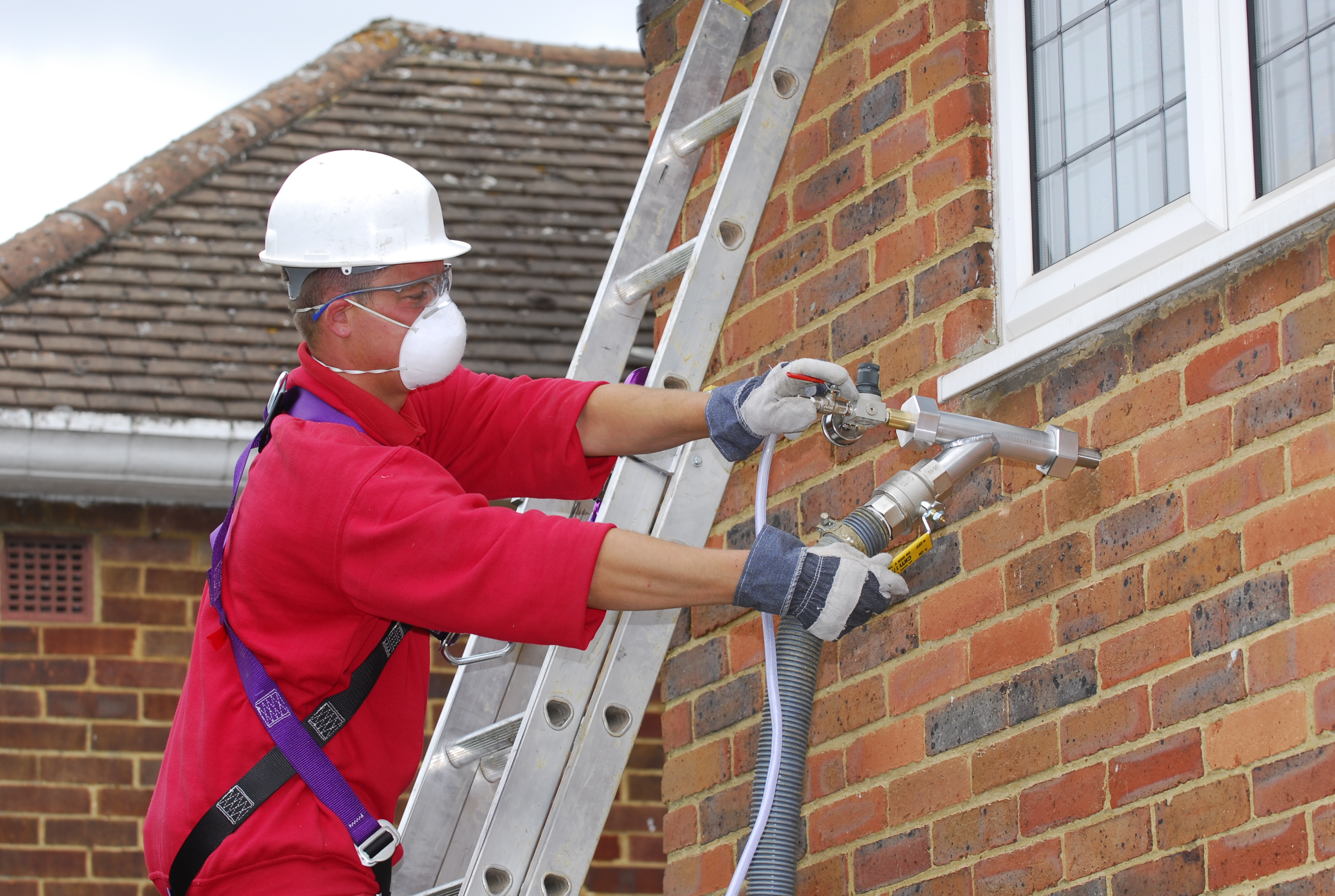Table Of Content

The payback period for retrofitting home insulation varies greatly, but studies show that added insulation usually pays for itself in saved energy costs within 5 to 10 years. Payback in more temperate areas takes longer, but remember that home insulation reduces air conditioning costs too. However, you’ll want to carefully install the products to fill all cracks without compressing any of the fiberglass. The value of the insulation comes from its ability to create air pockets between the fibers; once compressed, they lose a lot of their insulation properties. You’ll also want to wear proper protective gear, including a dust mask, goggles, gloves and full-coverage clothing. This creates a conditioned space that you can then convert into a living space.
Cut batts to fit tightly
Figure out where you need to beef up by hiring an energy auditor with an infrared camera, or by peeking in around electrical outlets or behind trim pieces that you carefully remove. If you find some insulation, cut out a 12- to 16-inch horizontal band of drywall or plaster midway up the wall. On open walls when you’re on a tight budget but you want a contractor to handle the installation.
Adding Insulation to an Existing Home
To maintain comfort, the heat lost in the winter must be replaced by your heating system and the heat gained in the summer must be removed by your cooling system. Properly insulating your home will decrease this heat flow by providing an effective resistance to the flow of heat. To understand how insulation works it helps to understand heat flow, which involves three basic mechanisms -- conduction, convection, and radiation. Conduction is the way heat moves through materials, such as when a spoon placed in a hot cup of coffee conducts heat through its handle to your hand.
Alternative Products

For an experienced builder, a SIPs home goes up much more quickly than other homes, which saves time and money without compromising quality. Hollow-core units made with a mix of concrete and wood chips are also available. They are installed by stacking the units without using mortar (dry-stacking) and filling the cores with concrete and structural steel. One potential problem with this type of unit is that the wood is subject to the effects of moisture and insects. The high-density insulation on the right, with more fibers and air spaces, can deliver up to 35 percent more insulating value than standard insulation.
Types of Insulation Material
The illustration above shows how Tom Silva maintains adequate ventilation and avoids those problems. Proper insulation is the best way to maximize comfort and minimize energy bills. In addition to insulation, consider moisture and air leakage control in each area of your house. If radon is an issue where you live, you’ll also need to consider radon and radon-resistant construction techniques as you research foundation insulation options. In addition, if you live in an area with termites, you’ll have to consider how termite protection will affect the choice and placement of insulation in your home and plan for a means of inspection. These foams are designed to flow over obstructions before expanding and curing, and they are often used for empty wall cavities in existing buildings.
Bronze Age stilt village had "cozy" houses with insulation, honey venison, and even a recycling bin - ZME Science
Bronze Age stilt village had "cozy" houses with insulation, honey venison, and even a recycling bin.
Posted: Fri, 22 Mar 2024 07:00:00 GMT [source]
It’s also possible to use spray foam as whole-house insulation, completely filling the spaces between studs, joists and rafters. The two compounds are mixed right at the application nozzle, resulting in a chemical reaction that transforms the liquid into foam that is highly expansive and adhesive. Not technically insulation, radiant barriers keep houses cool by reflecting thermal radiation. These thin sheets of shiny aluminum bonded to foam board, bubble wrap, or sheathing are often installed in attics to block heat from the summer sun.

Home Insulation Costs
Concrete block walls are typically insulated or built with insulating concrete blocks during new home construction or major renovations. Go to insulation materials for more information about the products commonly used to insulate concrete block. The maximum thermal performance or R-value of insulation is very dependent on proper installation.
Types of Insulation All Homeowners Should Know
Exclusive: Germany scraps plans for more stringent building standards to prop up industry - Reuters
Exclusive: Germany scraps plans for more stringent building standards to prop up industry.
Posted: Sun, 24 Sep 2023 07:00:00 GMT [source]
But for a thorough job, especially in bathrooms and other high-moisture areas, a continuous 6-mil plastic sheeting vapor barrier is much more effective. Kraft paper still serves the purpose of temporarily holding the insulation in place on horizontal or sloped surfaces. And when you’re retrofitting insulation in the floor of a crawlspace (Fig. D), installing the kraft-faced insulation paper side up provides an adequate vapor retarder. Kraft paper and its underlying asphalt adhesive are flammable and should always be covered with drywall or other fire-resistant material.
Spray Foam
Depending on the age of the home, there is a risk of encountering asbestos insulation. Stop immediately and seek professional help from trained and licensed asbestos remediation contractors to ensure that the insulation is removed safely before the new insulation can be installed. While cellulose and fiberglass insulation perform similarly, cellulose is better at absorbing and releasing moisture without degrading and settling like fiberglass can. A home with an insulated slab is easier to heat, and placing the mass of the slab within your home’s thermal envelope helps moderate indoor temperatures.
Finally, if you live in a hot or warm climate, consider installing a radiant barrier in your attic rafters to reduce summer heat gain. Installation of most types of liquid foam insulation requires special equipment and certification and should only be done by experienced installers. Following installation, an approved thermal barrier equal in fire resistance to half-inch gypsum board must cover all foam materials. Also, some building codes don't recognize sprayed foam insulation as a vapor barrier, so installation might require an additional vapor retarder. In most climates, you will save money and energy when you build a new home or addition if you install a combination of cavity insulation and insulated sheathing. Reduce exterior wall leaks by taping the joints of exterior sheathing and caulking and sealing exterior walls.
If they’re not going to be open, it suggests the option of injectable spray foam insulation. Rigid fibrous or fiber insulation is made from fiberglass or mineral wool. One of the best ways to insulate an exterior wall is to clad it with rigid polystyrene foam. This insulation can attach to a wall and hide under siding, or adhere directly to a concrete wall that is free of cracks or any signs of moisture. Homeowners in warmer climates typically place reflective or radiant barriers in the attic between joists, rafters, and beams, since the attic is where most heat enters a home. Some insulation products are faced with a special barrier designed to decrease heat transfer into the home or reduce the amount of moisture entering the wall system.
A radiant barrier is a type of insulation that reflects heat away from your home instead of reducing the flow of heat out of your home, like most other insulations. The quality of SIP manufacturing is very important to the long life and performance of the product. The panels must be glued, pressed, and cured properly to ensure that they don't delaminate. The panels also must have smooth surfaces and square edges to prevent gaps from occurring when they're connected at the job site.
If you are using batts, rolls, blown-in insulation, or spray foam insulation, it's necessary to open the windows and doors, as well as setting up one or more fans to ventilate the space. Otherwise, the insulation can cause irritation to the skin and airways. Additionally, the DIYer needs to be careful when working with the existing insulation. Closed cell spray-foam insulation is the most energy efficient wall insulation. Applications can reach much higher R-values for each inch of thickness than other insulation products, with values as high as R-6.2 per square inch (roughly R-34 on a 2×6 wall).
More commonly, spray foam gets laid first, then covered with batts or blown in. Since heat rises, it’s one of the most important parts of your home to insulate. Most homes have at least twice as much insulation in the attic as they do in the walls. The effectiveness of an insulation material’s resistance to heat flow also depends on how and where the insulation is installed. For example, insulation that is compressed will not provide its full rated R-value. In addition, insulation that fills building cavities reduces airflow or leakage and saves energy.

No comments:
Post a Comment